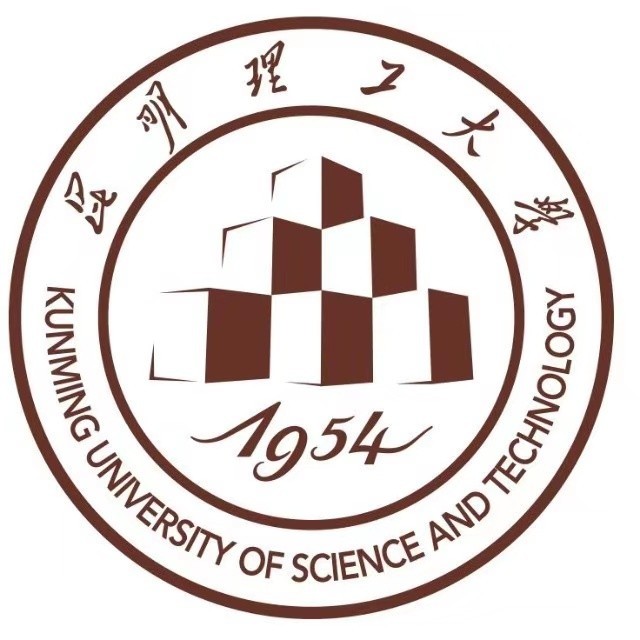(1)高真空薄膜制备技术,包括脉冲激光沉积,磁控溅射


1.1 脉冲激光沉积(Pulsed Laser Deposition,PLD),是制备多种高性能材料,尤其是复杂氧化物材料的最佳方式之一。 详细介绍可以参考以下书籍:https://onlinelibrary.wiley.com/doi/book/10.1002/0470052120。
通过PLD技术,可以制备出原子层精确的复杂氧化物单层,异质结和超晶格材料,例如我们最新制备的LaMnO3/SrIrO3超晶格材料(Phys. Rev. Research 2, 033496 (2020), https://journals.aps.org/prresearch/abstract/10.1103/PhysRevResearch.2.033496),其结构示意图如下:

1.2 磁控溅射(Magnetic Sputtering),是制备多种高性能材料,尤其是金属薄膜的最佳方式之一。
磁控溅射在本实验室的主要功能是配合PLD制备金属/氧化物异质结。

Figure source: https://www.sciencedirect.com/topics/materials-science/magnetron-sputtering
(2)新型非制冷红外探测材料与器件,强关联电子材料制备和性能研究,包括庞磁电阻材料、高温超导材料等。
强关联电子材料强关联电子体系是指电子间的交互作用不可忽略的系统。由此可以诱导出很多奇异的物理性质,是研究晶格,轨道,电荷和自旋相互作用的最佳平台之一。

2.1 庞磁电阻(Colossal Magnetoresistance,CMR)是指锰氧化物材料在磁场作用下产生巨大的电阻变化的现象,在信息存储,红外探测等方面有着广泛的应用前景。


2.2 铜基高温超导材料(High Tc Superconductor,HTS)是指铜氧化物材料在液氮以上实现的超导现象,在能源传输,量子计算等方面有着广泛的应用前景。
(3)自旋电子学,磁性氧化物及其异质结的磁性,磁输运性能研究
磁性材料是自旋电子学的基础,本实验关注多层膜体系中的界面效应对磁性和磁输运性能的影响。例如:
3.1 界面自旋轨道耦合(Spin orbit coupling,SOC)诱导的各向异性磁电阻对称性转变。
(Applied Physics Reviews, 2020. 7(1): 0-011401, https://aip.scitation.org/doi/10.1063/1.5124373)

3.2 缺陷诱导的反常霍尔效应调控。
(Phys. Rev. B,2020, 102, 220406(R). https://journals.aps.org/prb/abstract/10.1103/PhysRevB.102.220406)

3.3 界面增强磁性。
(ACS Appl. Mater. Interfaces 2017, 9, 51, 44931–44937. https://pubs.acs.org/doi/10.1021/acsami.7b15364)

3.4 扩散界面的基体选择性磁性调控。
(Materials Research Letters, 2019, 7(10): 399-404. https://www.tandfonline.com/doi/full/10.1080/21663831.2018.1482840)

(4)铁电和多铁薄膜材料拓扑畴结构及畴壁特性研究
4.1 自组装铁电纳米岛的生长调控。
(Nanoscale, 2019, 11, 20514-20521. https://pubs.rsc.org/en/content/articlelanding/2019/nr/c9nr05094a/unauth#!divAbstract)

4.2 铁电纳米岛的拓扑铁电畴研究。
(Mat. Res. Lett. 2019, 7, 399-404. https://www.tandfonline.com/doi/full/10.1080/21663831.2019.1619631)

4.3 铁电畴壁导电特性和原型器件。
(Nat Nanotech. 2018, 13, 947-952. https://www.nature.com/articles/s41565-018-0204-1)

4.4 铁电/铁磁异质结中的磁电耦合。
(J. Appl. Phys. 2019, 126, 075301. https://aip.scitation.org/doi/abs/10.1063/1.5108842)

